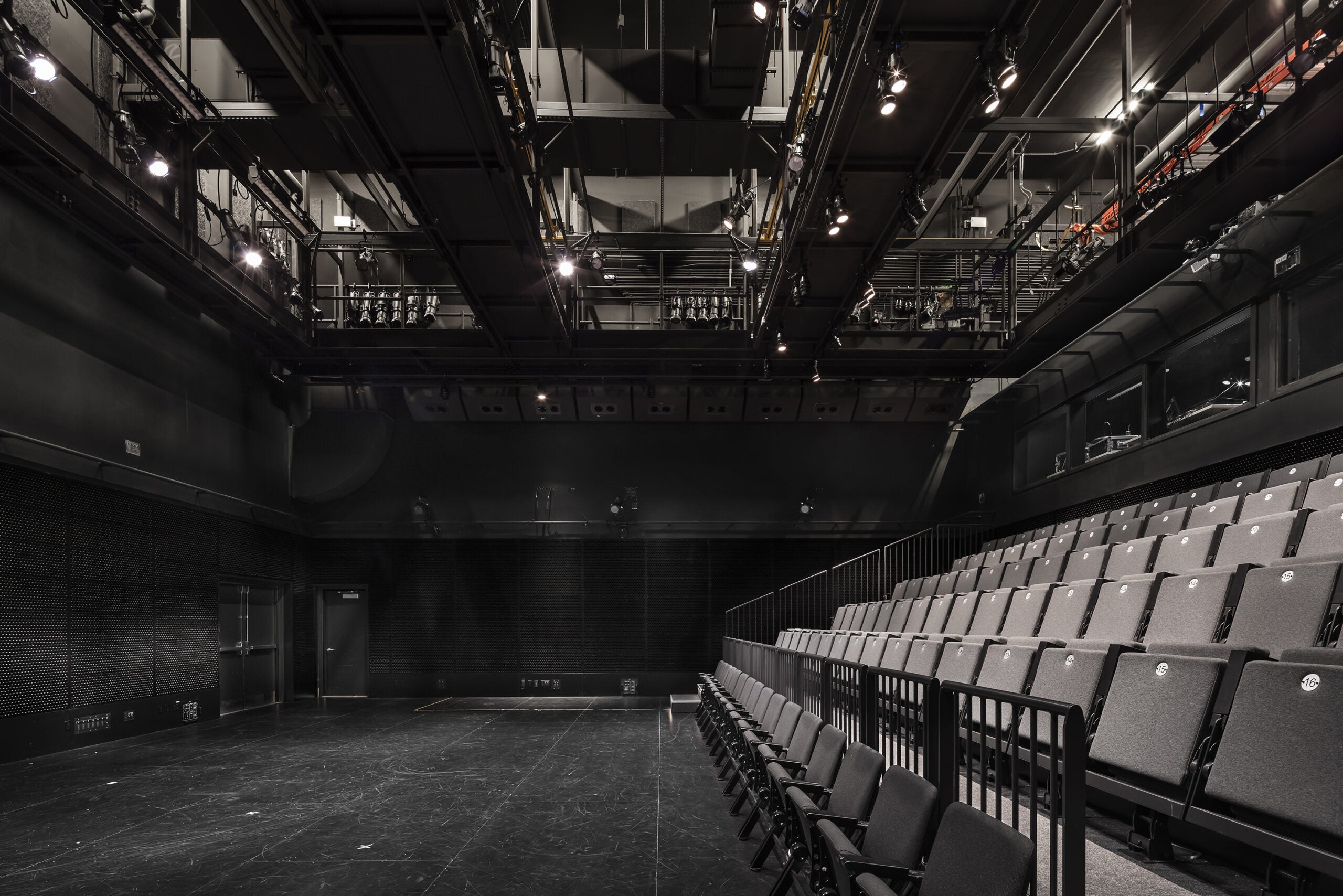TITLE: ACOUSTIC TREATMENT GUIDE FOR AUDITORIUMS
Auditoriums serve as spaces for various events, from concerts and performances to lectures and presentations. Achieving optimal acoustics in these venues is essential for ensuring clear sound quality, enhancing the audience experience, and maximizing the impact of performances. In this comprehensive guide, we'll explore the key considerations and best practices for acoustic treatment in auditoriums, helping architects, designers, and venue managers create sonic splendor in these important spaces.
Understanding Auditorium Acoustics
Before diving into acoustic treatment strategies, it's crucial to understand the acoustic principles that govern auditorium design. Key factors such as reverberation time, sound diffusion, and sound absorption play a significant role in determining the overall acoustics of an auditorium. Striking the right balance between these factors is essential for achieving optimal sound quality and clarity.
Key Components of Acoustic Treatment
-
Sound Absorption: Installing sound-absorbing materials such as acoustic panels, curtains, and ceiling clouds helps reduce excessive reverberation and echoes in auditoriums. These materials absorb sound energy, preventing it from bouncing off hard surfaces and creating a more balanced acoustic environment.
-
Diffusion: Sound diffusion is essential for creating a sense of spaciousness and envelopment in auditoriums. Diffusers scatter sound waves in different directions, reducing the buildup of sound energy in specific areas and creating a more uniform sound field throughout the space.
-
Sound Isolation: Ensuring adequate sound isolation between adjacent spaces is critical for minimizing noise interference and maintaining privacy in auditoriums. This can be achieved through the use of soundproofing materials, resilient construction techniques, and proper sealing of doors and windows.
-
Room Geometry: The shape and geometry of an auditorium significantly impact its acoustic performance. Optimizing the room's dimensions, seating layout, and architectural features can help minimize acoustic anomalies and enhance overall sound quality.
PRODUCT TO GUIDE AUDITOIUM SOUNDPROOFING
-
Acoustic Panels: Acoustic panels are fundamental to auditorium soundproofing. These panels, typically made from materials like fabric-wrapped fiberglass or acoustic foam, absorb sound waves and minimize echoes and reverberations. Placed strategically on walls, ceilings, and even as freestanding partitions, acoustic panels help create a balanced and clear sound environment in auditoriums.
-
Bass Traps: Low-frequency sound waves, or bass, can pose challenges in auditorium acoustics. Bass traps are specialized acoustic products designed to absorb and dissipate low-frequency sound waves, reducing boomy or muddy sounds in the room. Placed in corners and other areas where bass buildup occurs, bass traps enhance the clarity and definition of audio in auditoriums.
-
Ceiling Clouds: Ceiling clouds are suspended acoustic panels that hang from the ceiling to absorb sound reflections and control reverberation. In auditoriums with high ceilings, ceiling clouds help bring sound absorption closer to the audience area, improving speech intelligibility and overall sound quality.
-
Acoustic Diffusers: While absorption is crucial for controlling reflections, diffusion plays an equally important role in auditorium acoustics. Acoustic diffusers scatter sound waves, preventing them from bouncing directly back to the listener and creating a more spacious and natural sound environment. Placed strategically on walls or ceilings, acoustic diffusers help achieve a balanced acoustic response throughout the auditorium.
-
Soundproof Curtains: In addition to internal treatments, external factors such as noise from adjacent rooms or outdoor sources can impact auditorium acoustics. Soundproof curtains, made from dense materials like vinyl or fiberglass, provide an extra layer of insulation against external noise intrusion. When installed over windows or doorways, soundproof curtains help maintain a quiet and controlled acoustic environment inside the auditorium.
Best Practices for Acoustic Treatment
-
Conducting Acoustic Analysis: Before implementing acoustic treatment, it's essential to conduct a thorough acoustic analysis of the auditorium space. This involves measuring reverberation time, analyzing frequency response, and identifying areas of acoustic concern.
-
Customized Solutions: Every auditorium has unique acoustic requirements based on its size, shape, usage, and architectural features. Customized acoustic treatment solutions tailored to these specific needs are essential for achieving optimal results.
-
Integrating Aesthetics: While prioritizing acoustic performance, it's also important to consider the aesthetic impact of acoustic treatments. Choosing materials, colors, and designs that complement the auditorium's decor ensures a harmonious blend of form and function.
-
Regular Maintenance: Proper maintenance of acoustic treatments is crucial for ensuring long-term effectiveness. Regular cleaning, inspection, and upkeep help preserve the performance and appearance of acoustic panels, diffusers, and other treatments.
SHORT SUM UP
Acoustic treatment plays a vital role in creating an immersive and engaging experience in auditoriums. By understanding the principles of auditorium acoustics and implementing effective treatment strategies, designers and venue managers can transform these spaces into sonic masterpieces that captivate audiences and elevate performances to new heights. With careful planning, customized solutions, and ongoing maintenance, auditoriums can achieve sonic splendor that leaves a lasting impression on all who enter.







